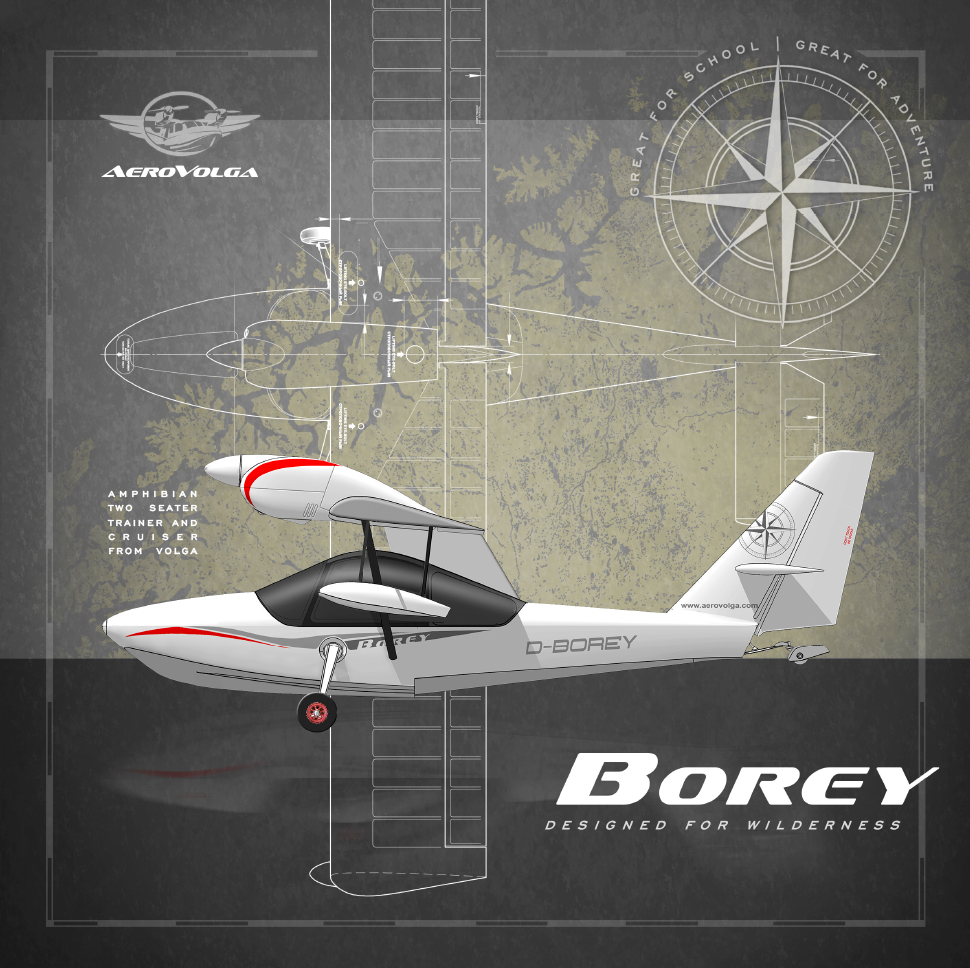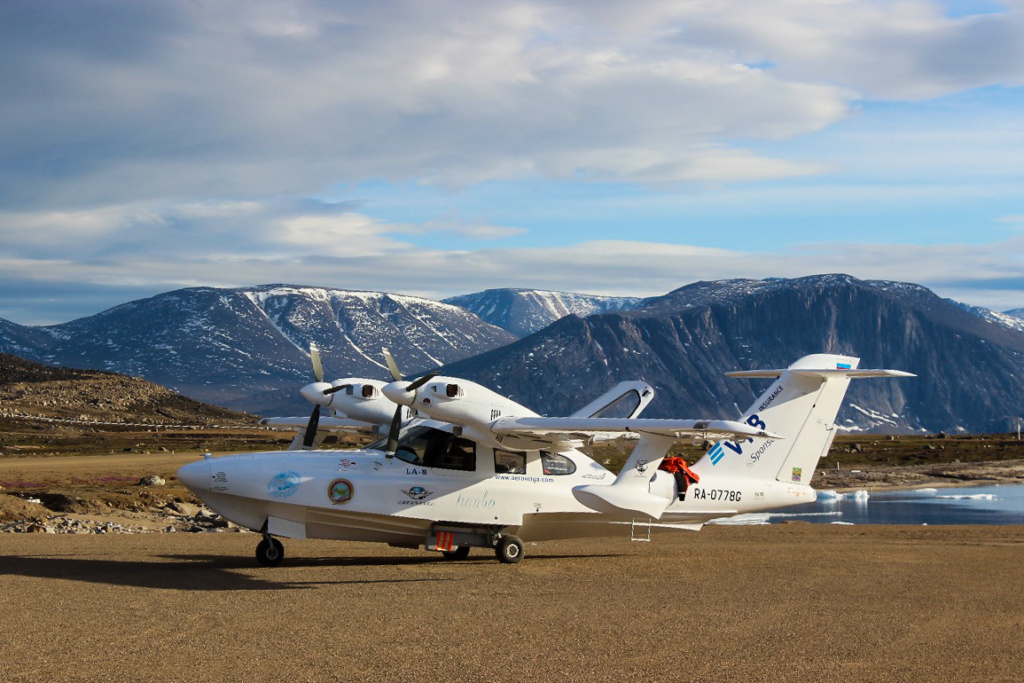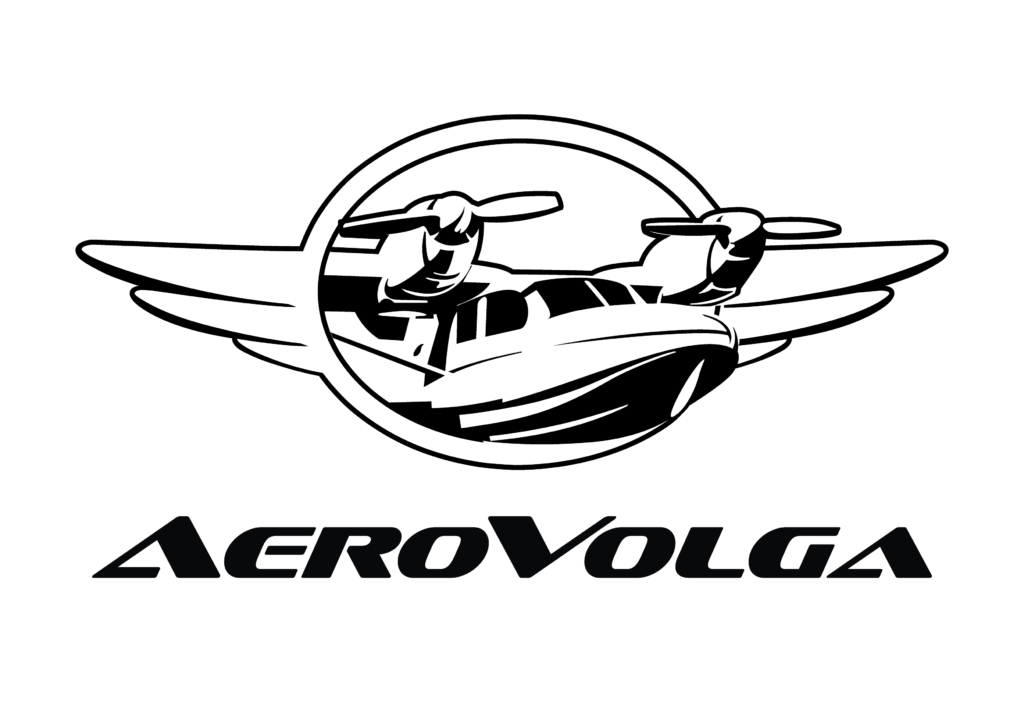
AeroVolga is a Russian aircraft manufacturer specialising in the design and production of light aircraft and seaplanes. Founded with the aim of developing versatile aircraft suitable for a variety of purposes, AeroVolga is distinguished by the production of amphibious and floatplanes. These aircraft are used in various applications, including passenger transport, tourism and agricultural work.
Our work for AeroVolga
The Aerovolga represents an excellent expression of classic aviation, evoking a timeless and adventurous appeal. The partnership between Max Pinucci and his design studio, MBVision, and AeroVolga spans seven years. This collaboration goes beyond mere interior design and aircraft styling to include communication strategies.
Starting with aspects ranging from brand identity to product design, we helped it also offers the opportunity to explore iconic locations, such as the Volga River in its southern course, through the flight of aircraft. The origin of this collaboration dates back to meetings at AERO Friedrichshafen, culminating in the realisation of the Luxury interior for the Borey and the VIP interior for the LA-8, as well as the related communication strategy. This synergy also fostered further international academic collaborations.
LA-8
The seaplane
LA-8 is the world’s only eight-seater twin-engine amphibious seaplane, which is mass-produced.
The golden age of the fl ying water industry remains in the fi rst half of the last century.
However, seaplanes provide opportunities not available to any land aircraft. Only they can quickly and comfortably transfer passengers from civilization to the wild. Only they can be an effective means of saving people in the ocean, helping scientists find a way to protect the planet from climate change and the extinction of rare animal species. Only they provide an opportunity to bring adventure to a stylish life and to bring style to an adventurous life.
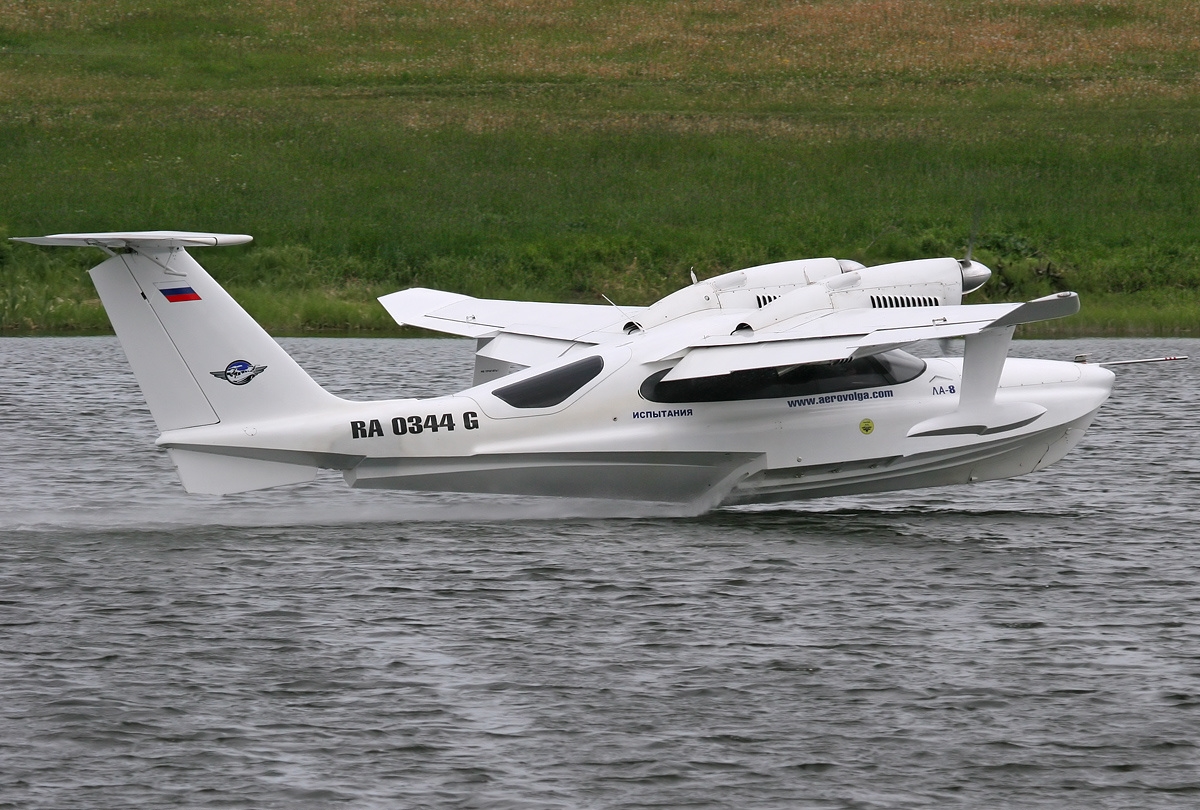
The project
The LA-8 aircraft project was an opportunity to address communication design in a comprehensive and multidisciplinary manner. Beginning with a preliminary meeting with AeroVolga, it turned into a collaboration that allowed us to delve into every aspect of the LA-8 seaplane. This collaboration allowed a thorough understanding of both the flight dynamics and the intricate technical details of the engines, thus creating a solid basis for the development of communication strategies.
an ongoing challenge
In addition to considering the characteristics and performance of the seaplane, it was necessary to carefully analyse the market context and the needs of potential buyers. This resulted in targeted communication strategies, ranging from logo design to information brochures, designed to enhance and highlight the distinctive features and advantages of the LA-8 aircraft.
Special attention was paid to the analysis of the cockpit and flight characteristics, in order to effectively communicate the safety and efficiency of the aircraft to potential buyers. At the same time, in-depth studies were conducted to design interiors and liveries that meet the needs and preferences of users, including details such as spaces for personal effects, minibars and luggage compartments.
Seat design, in particular, was a focal point, with the aim of ensuring comfort and safety through the use of high quality materials such as leather, combined with advanced energy-absorbing technologies.
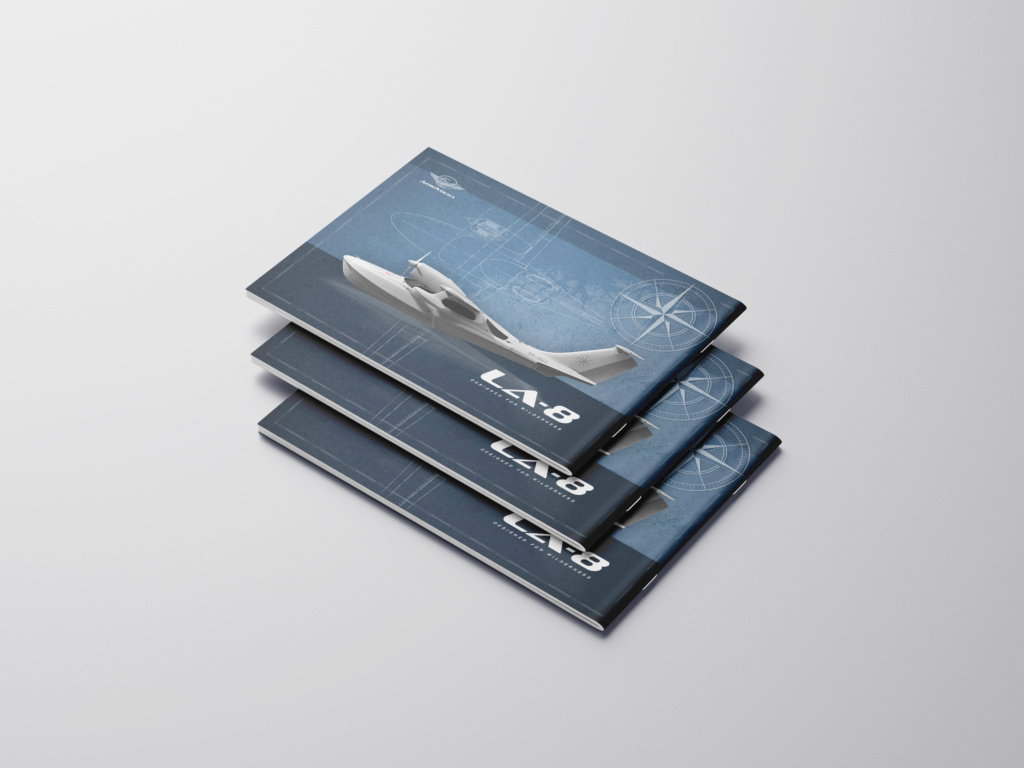
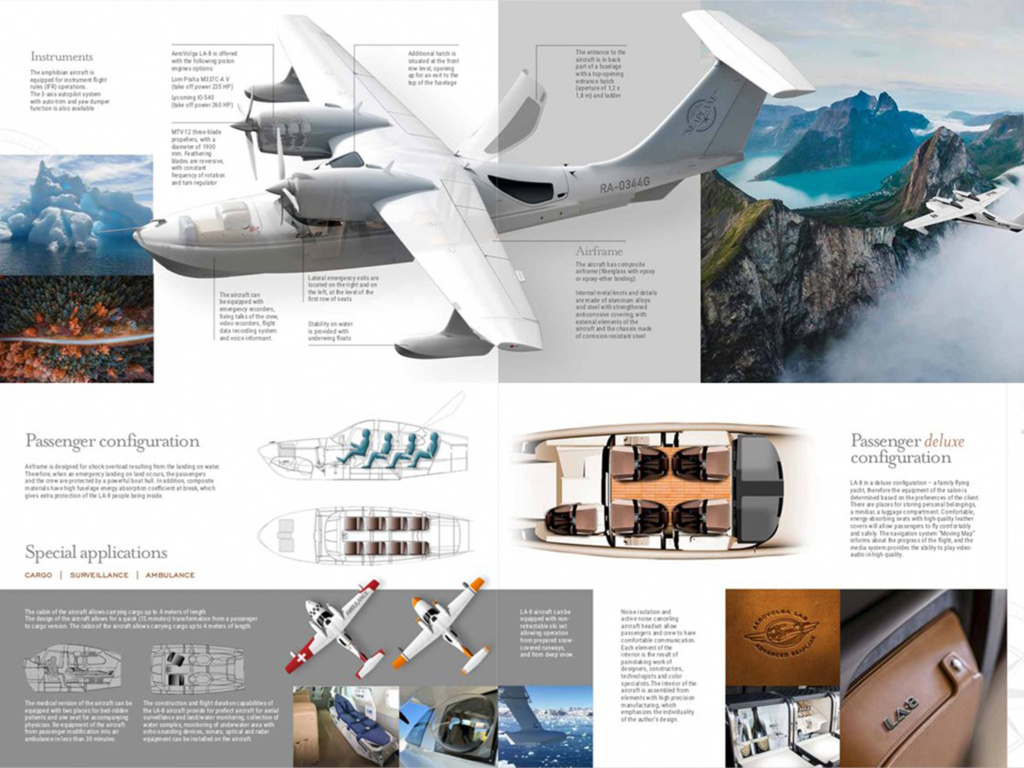
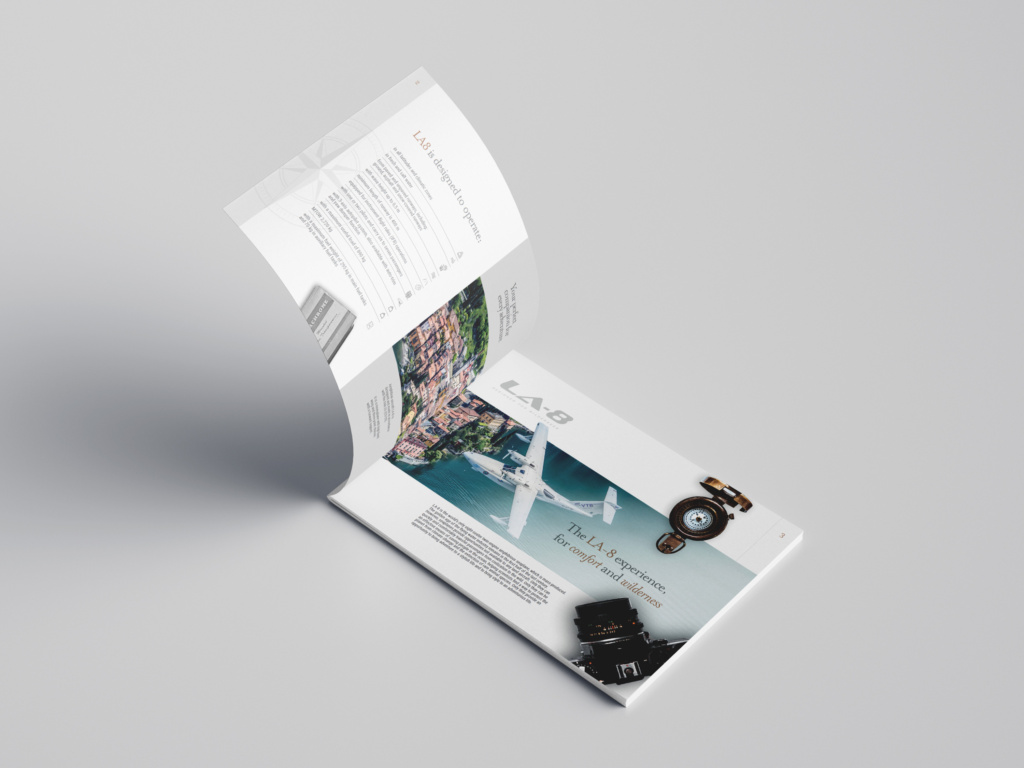
Ultimately, the project was an opportunity to integrate design, engineering and communication skills in order to create a product that not only excels technically, but also aesthetically and communicatively, fully meeting customer expectations and standing out in the aviation market.
a unique style
MOODBOARD
To develop a coherent style and a clear idea for the interior, it is essential to create detailed moodboards. These visual tools make it possible to explore and communicate different design directions effectively, providing a tangible picture of aesthetic and conceptual choices.
The creation of moodboards involves a thorough research process that includes analysing current trends in interior design, exploring available materials and investigating emerging technologies. This approach allows for best practices and the latest innovations in the industry to be taken into account, ensuring that the end result is aligned with the client’s expectations and project requirements.
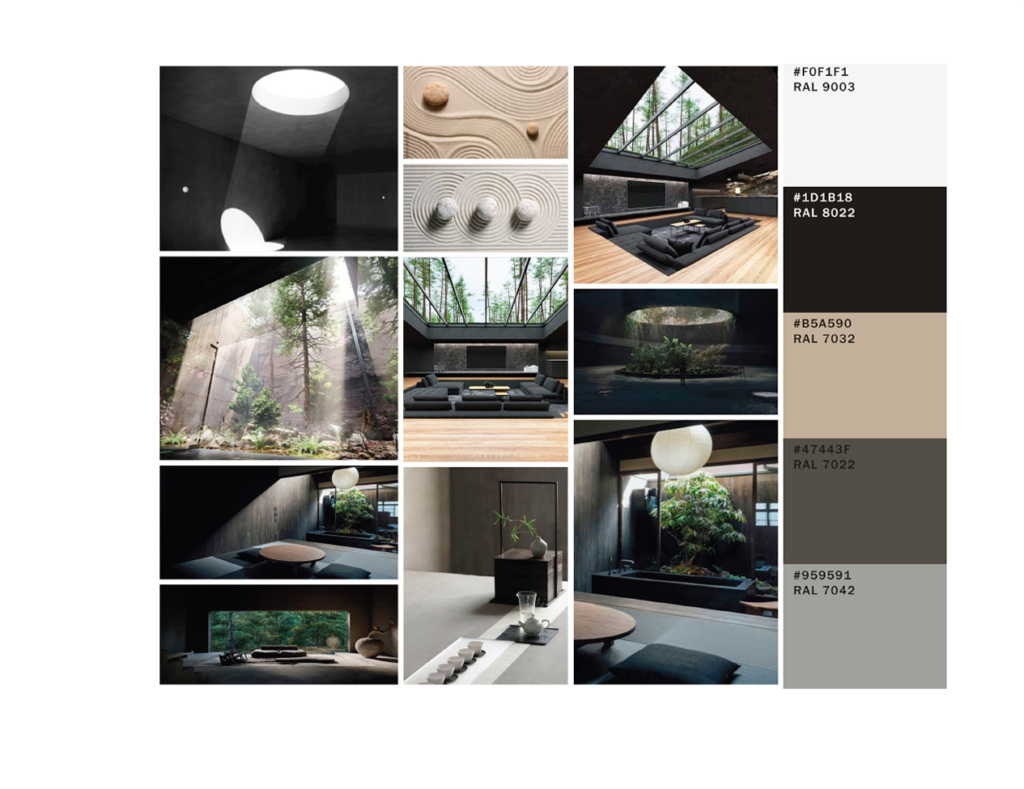
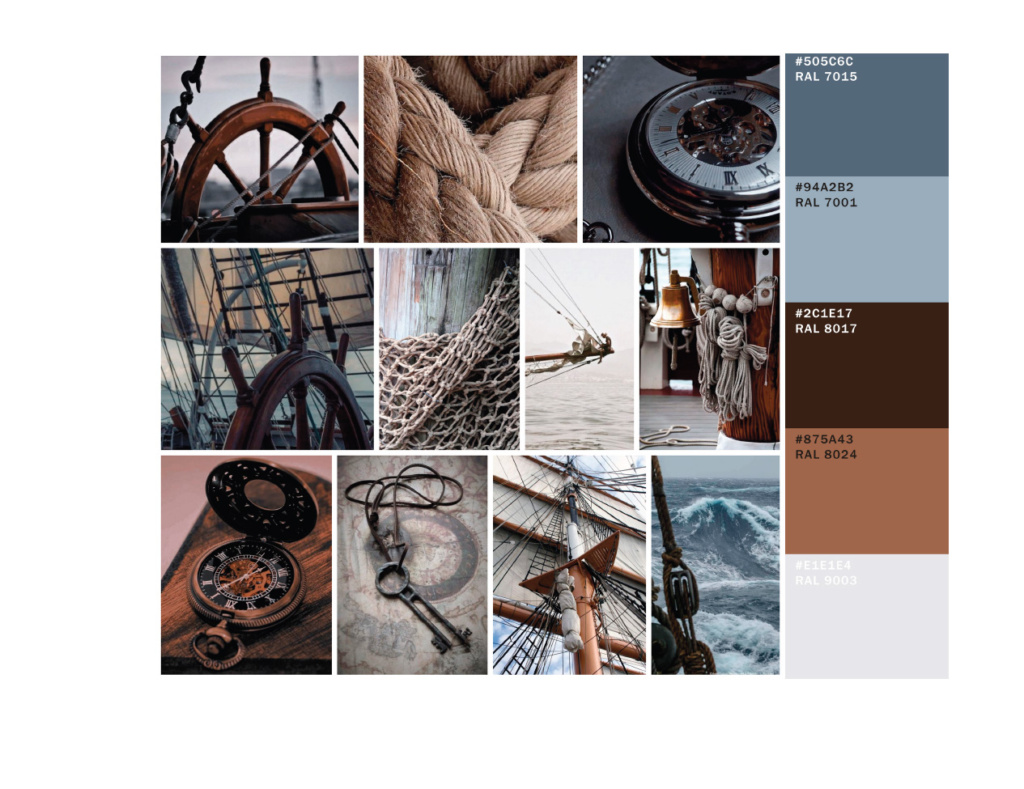
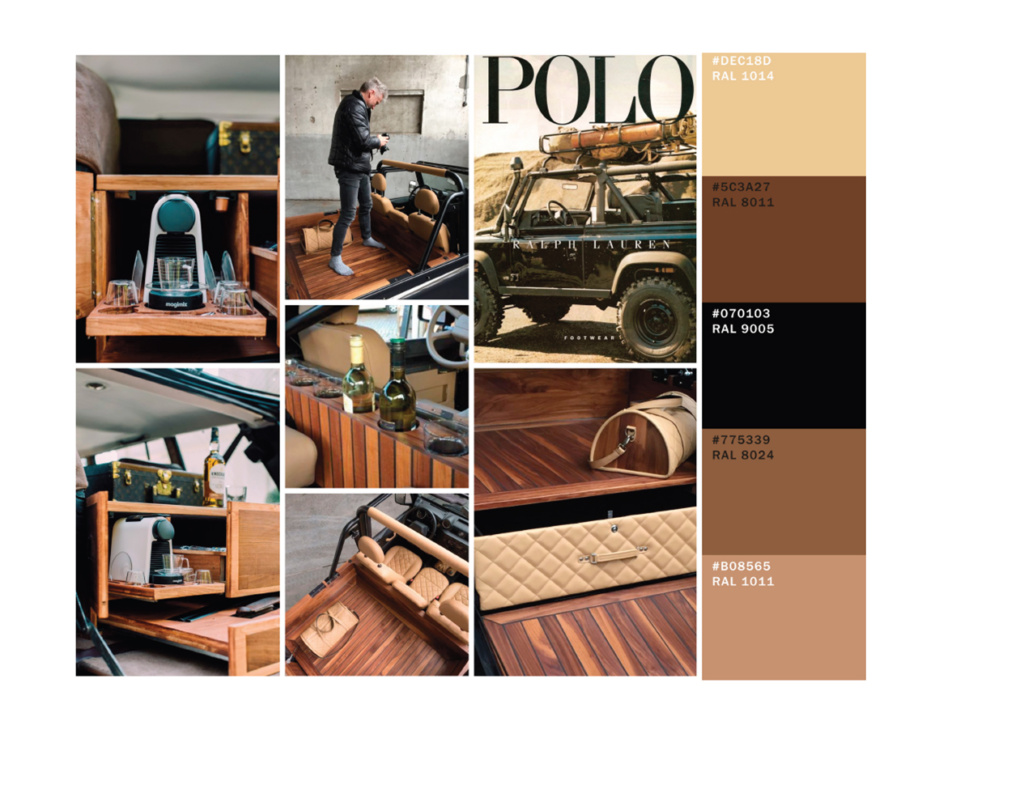
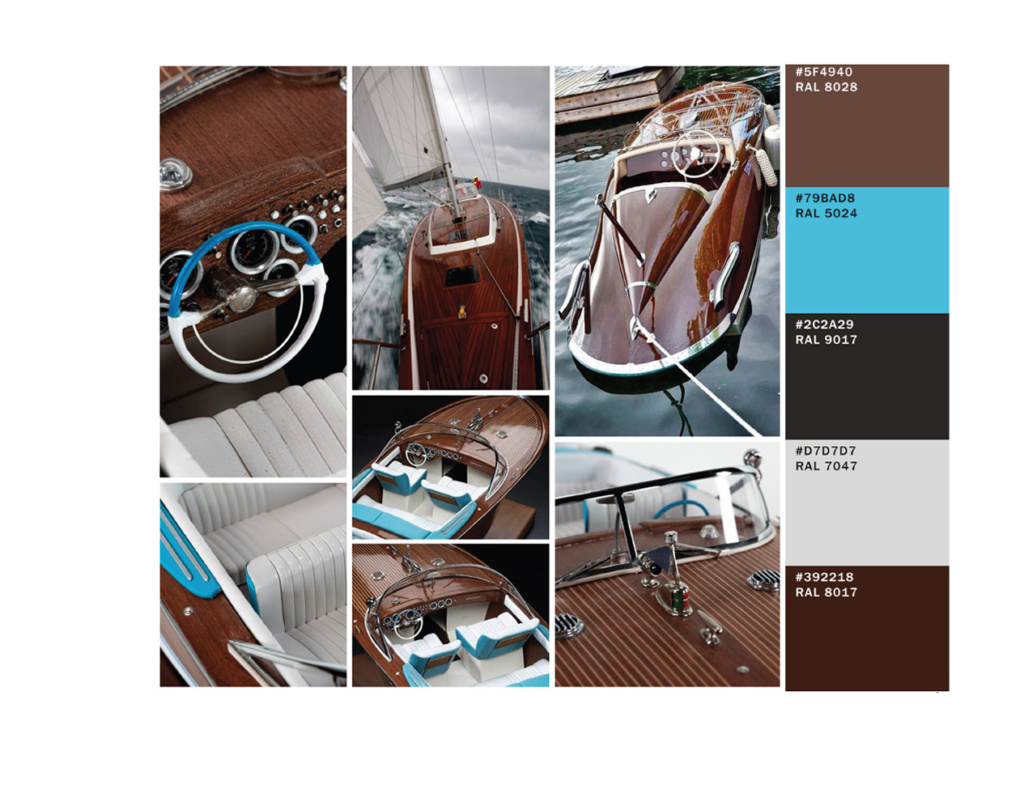
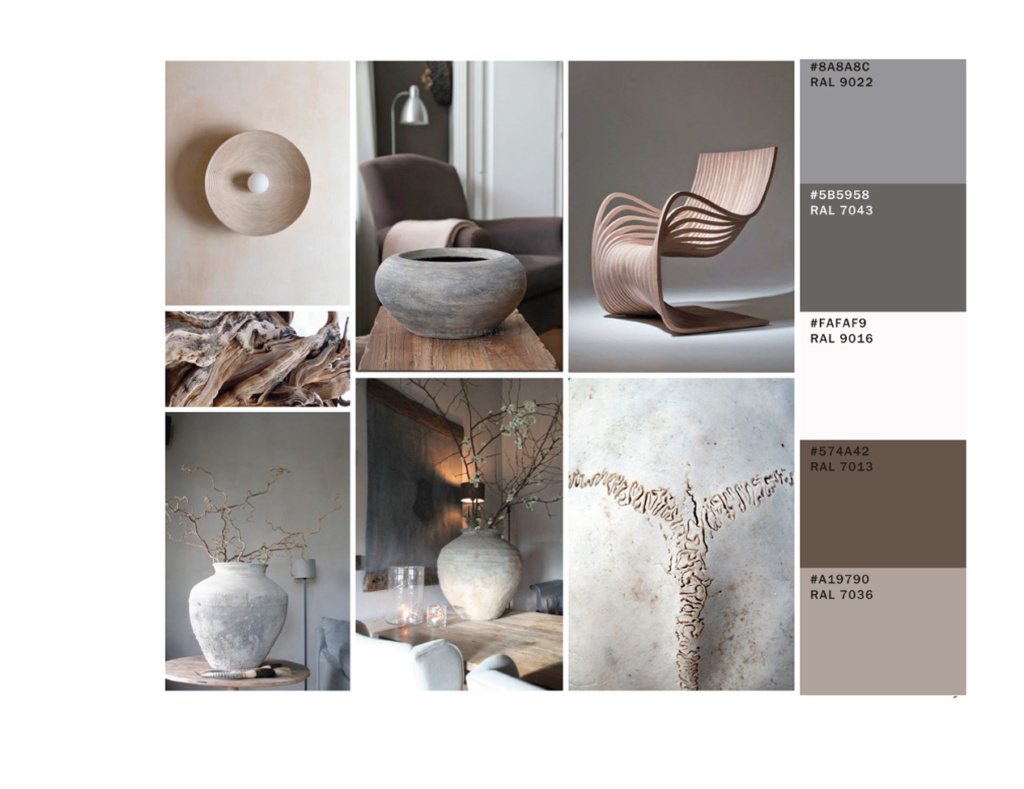
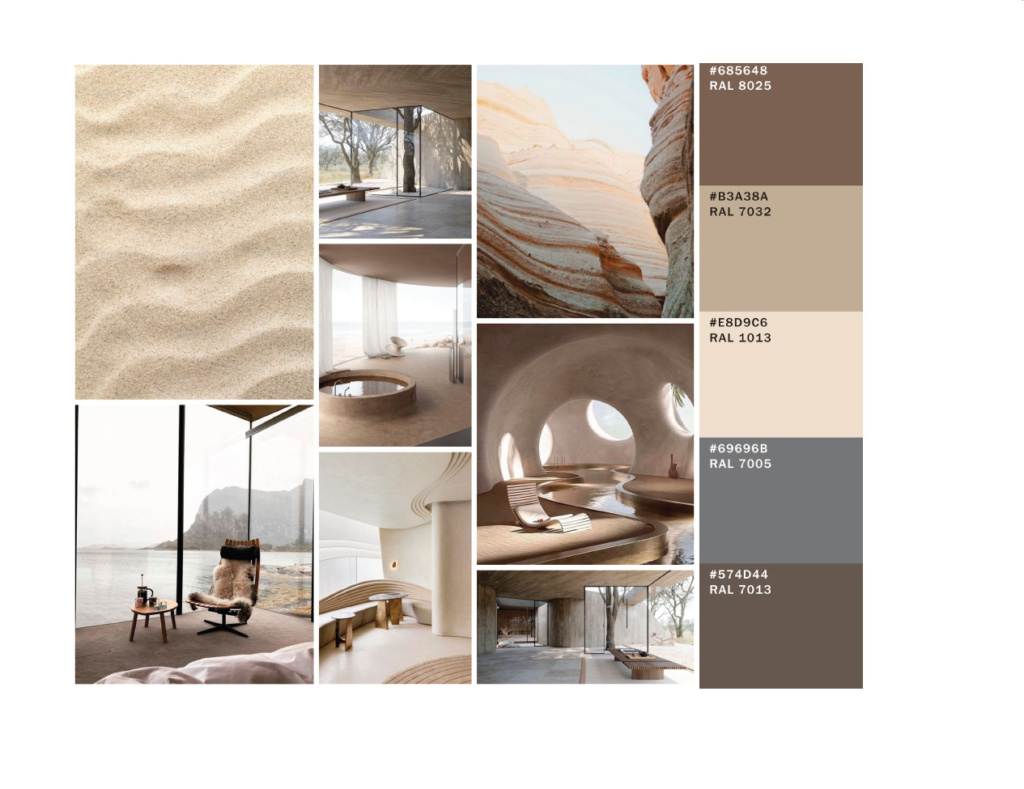
OTHER WORKS FOR AeroVolga

